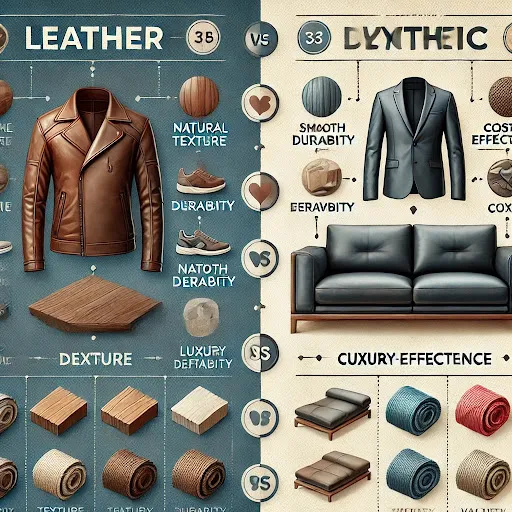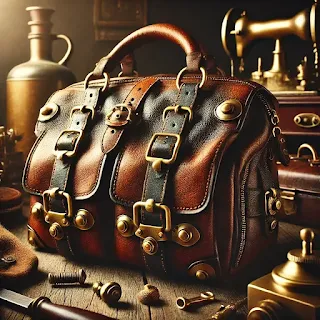Starting a leather goods manufacturing business can be a rewarding venture, but it requires careful planning, market research, and strategic execution. Here are the steps you can follow to start your leather goods manufacturing business:
Market Research:Identify your target market and understand their preferences, needs, and purchasing behavior.Research competitors to assess the competitive landscape, pricing strategies, and product offerings.Evaluate market trends, demand for different types of leather goods, and potential niches or gaps in the market.
Business Plan:Develop a comprehensive business plan outlining your business goals, target market, products, pricing strategy, sales and marketing plan, operational plan, and financial projections.
Determine your startup costs, including equipment, materials, labor, manufacturing space, marketing expenses, and overhead costs.Create a budget and financial forecast to estimate your revenue, expenses, and profitability.
Legal and Regulatory Compliance:Register your business and obtain any necessary licenses or permits required to operate a manufacturing business in your location.Ensure compliance with local, state, and federal regulations related to business operations, taxation, employment, and environmental laws.
Consider trademarking your brand name and products to protect your intellectual property rights.
Supplier and Equipment Setup:Source high-quality leather materials from reputable suppliers or tanneries. Consider factors such as leather type, quality, color, texture, and pricing.Invest in the necessary equipment and machinery for leather cutting, stitching, embossing, and finishing. This may include cutting machines, sewing machines, leather presses, and finishing tools.
Production Process:Develop standardized production processes and quality control procedures to ensure consistency and quality in your leather goods.Train your staff on proper manufacturing techniques, safety protocols, and quality standards.Establish efficient workflow and production schedules to optimize productivity and meet customer demand.
Product Development:Design a range of leather goods based on market demand, customer preferences, and your brand identity. This may include handbags, wallets, belts, footwear, accessories, and custom-made products.Experiment with different designs, materials, and finishing techniques to differentiate your products and appeal to your target market.
Branding and Marketing:Develop a strong brand identity that reflects your values, story, and unique selling propositions.Create a professional website and online store to showcase your products, provide information about your brand, and facilitate online sales.Implement a marketing strategy to promote your brand and products through social media, influencer partnerships, email marketing, content marketing, and other channels.
Attend trade shows, craft fairs, and industry events to network with potential customers, retailers, and distributors.
Sales and Distribution:Explore various sales channels, including direct-to-consumer sales through your online store, wholesale partnerships with retailers, and distribution agreements with distributors.
Develop relationships with retailers, boutiques, and online marketplaces to expand your reach and distribution network.Provide excellent customer service and build relationships with your customers to encourage repeat purchases and word-of-mouth referrals.
Continuous Improvement:Monitor customer feedback, sales data, and market trends to identify opportunities for product improvement, expansion, or diversification.Continuously refine your manufacturing processes, product designs, and marketing strategies based on feedback and performance metrics.Stay informed about advancements in leather technology, sustainability practices, and industry trends to maintain competitiveness and innovation.
Starting a leather goods manufacturing business requires dedication, creativity, and perseverance, but with careful planning and execution, it can be a fulfilling and profitable venture.






,%20mushroom%20leather,%20and%20cork%20leather.%20The%20collag.webp)











